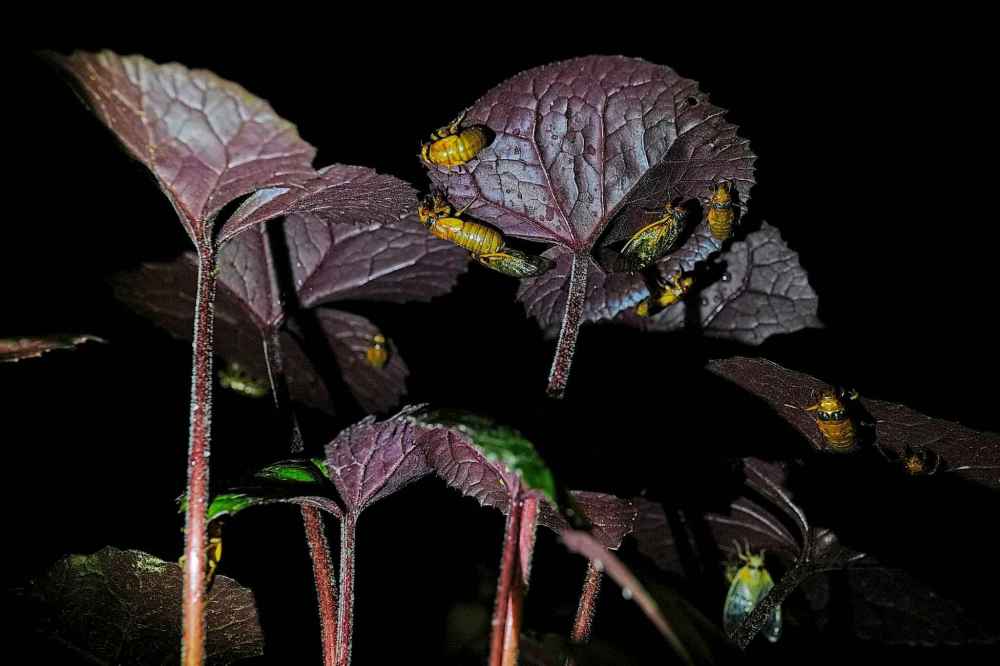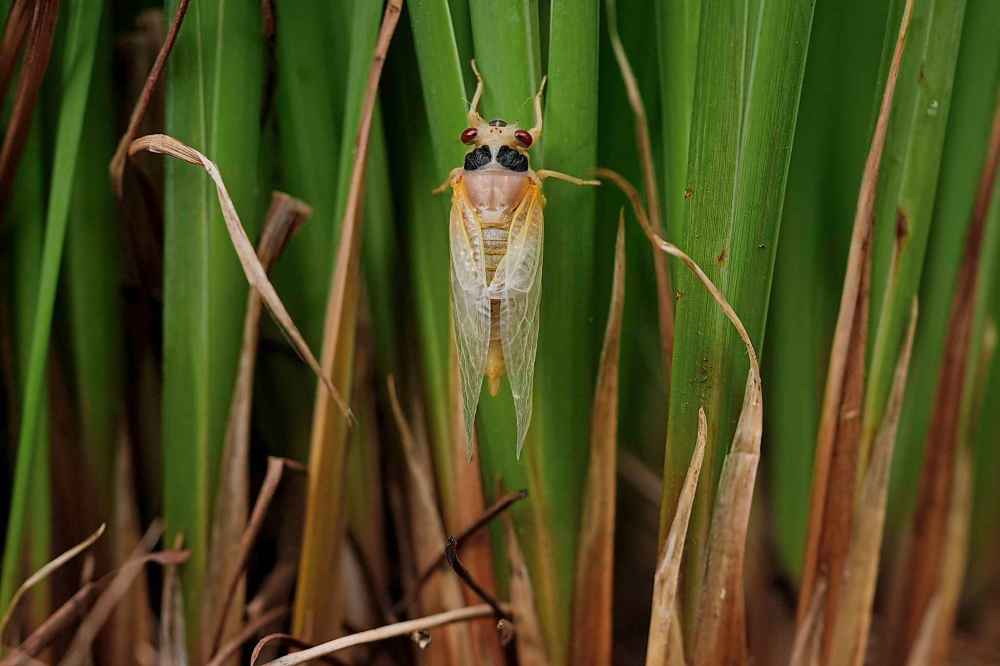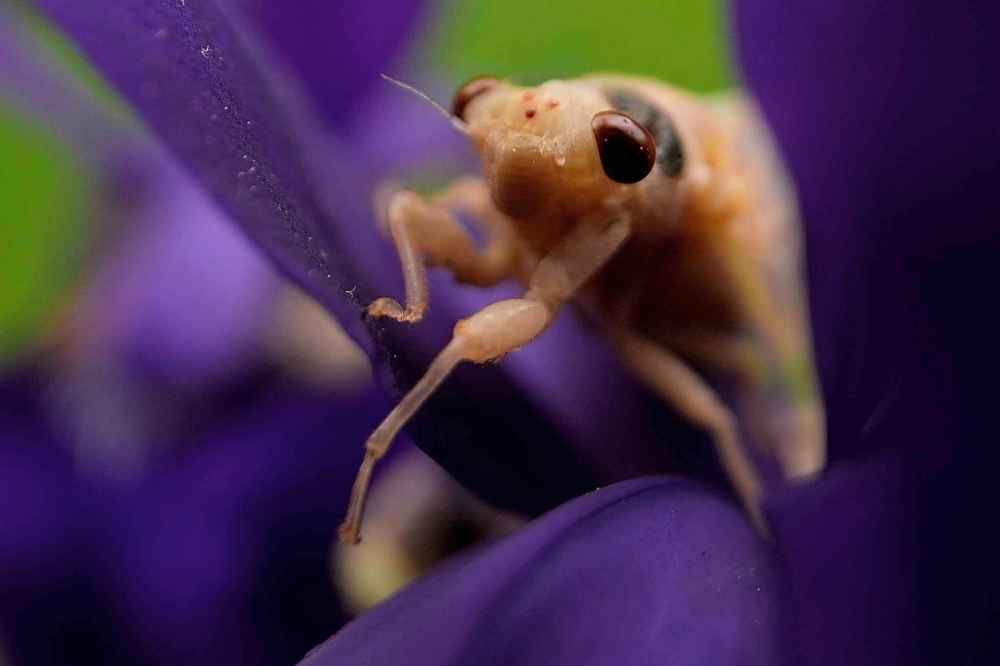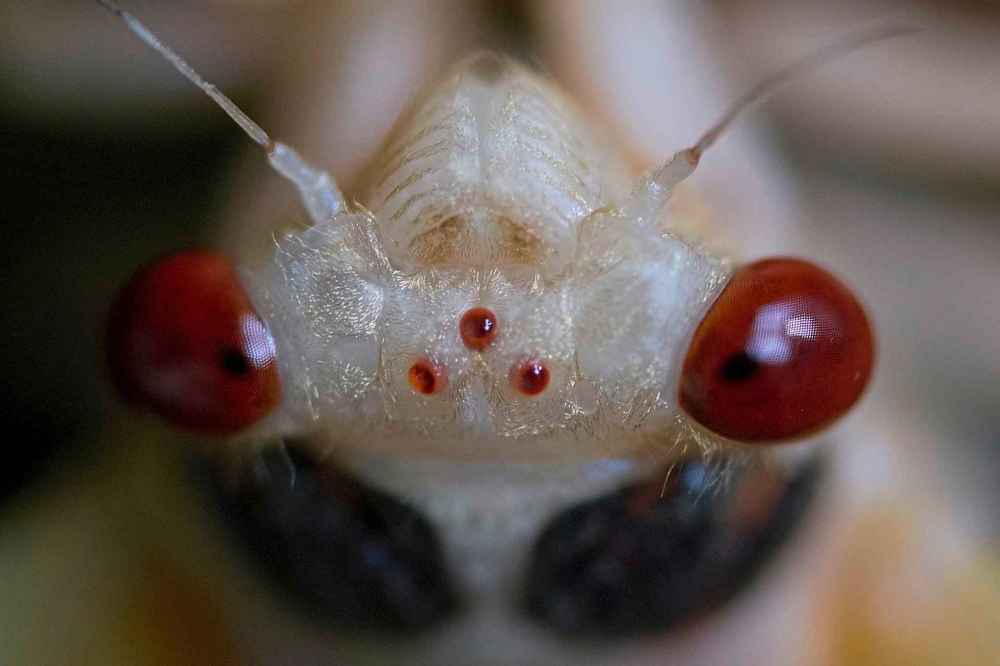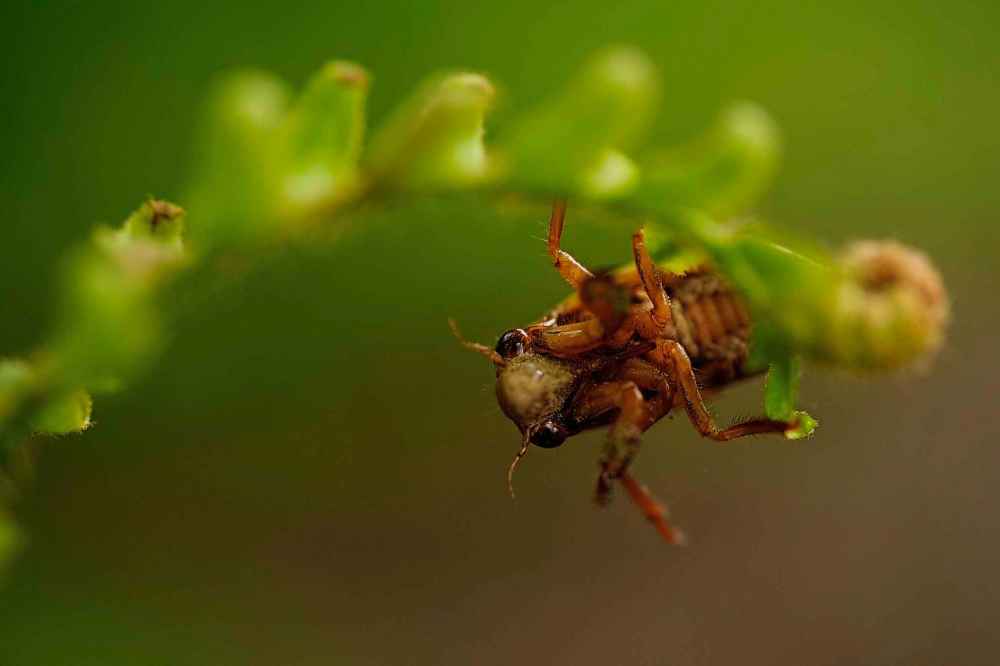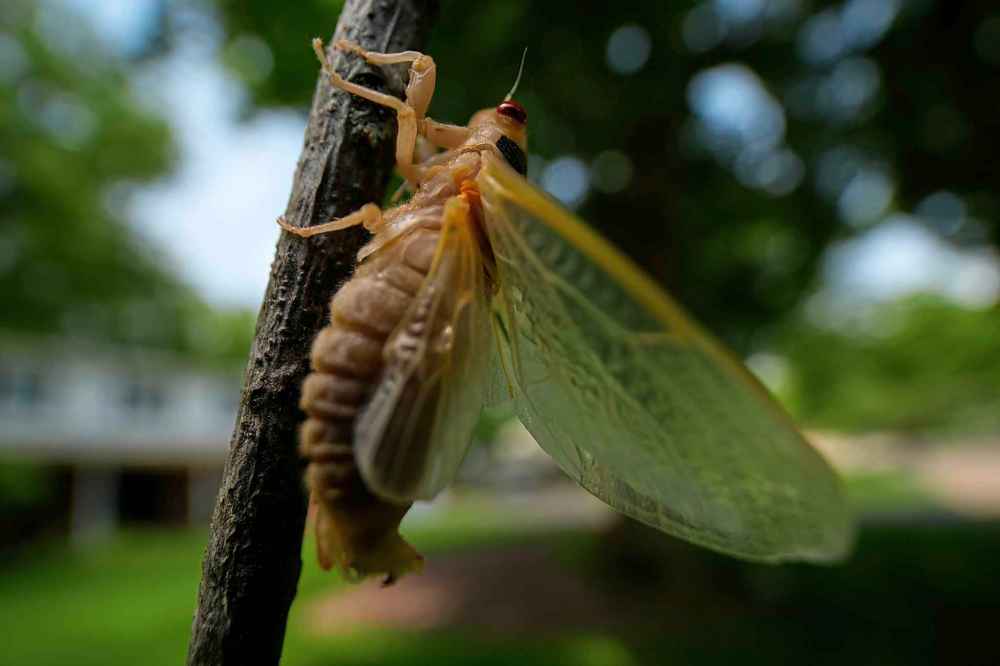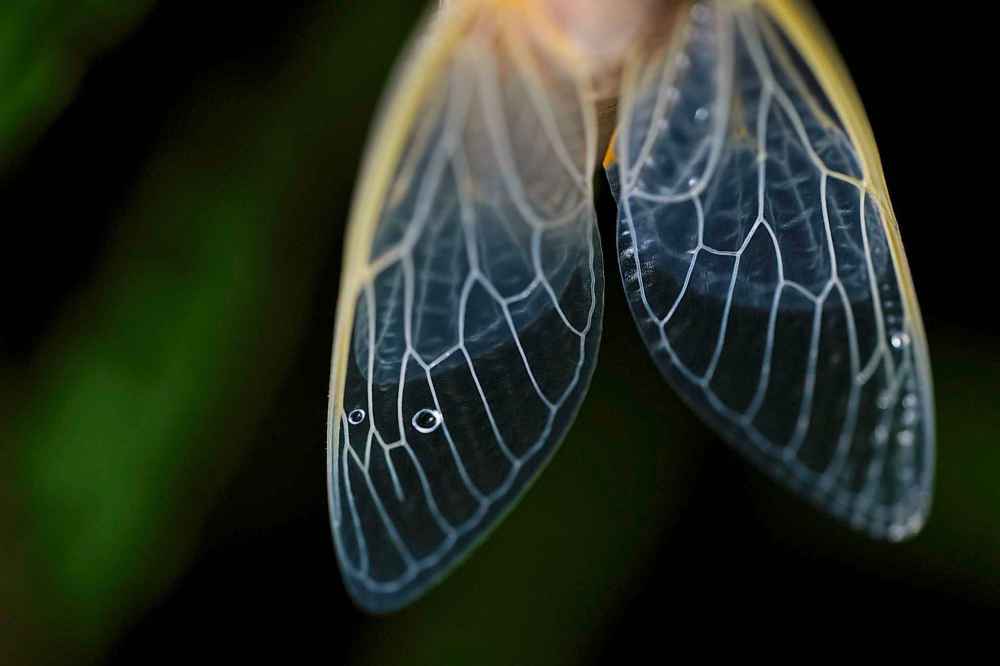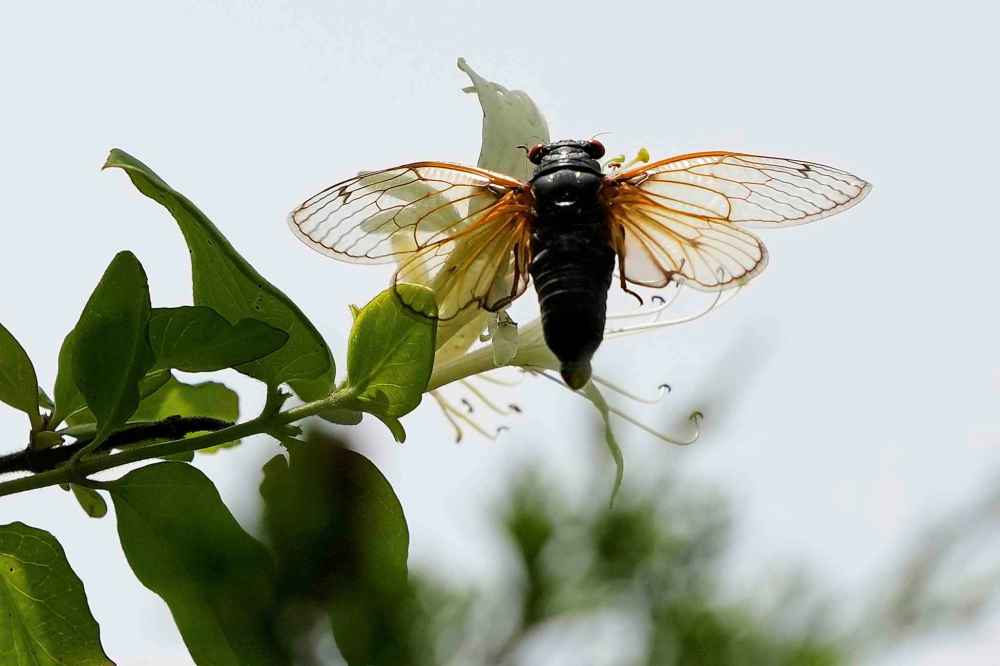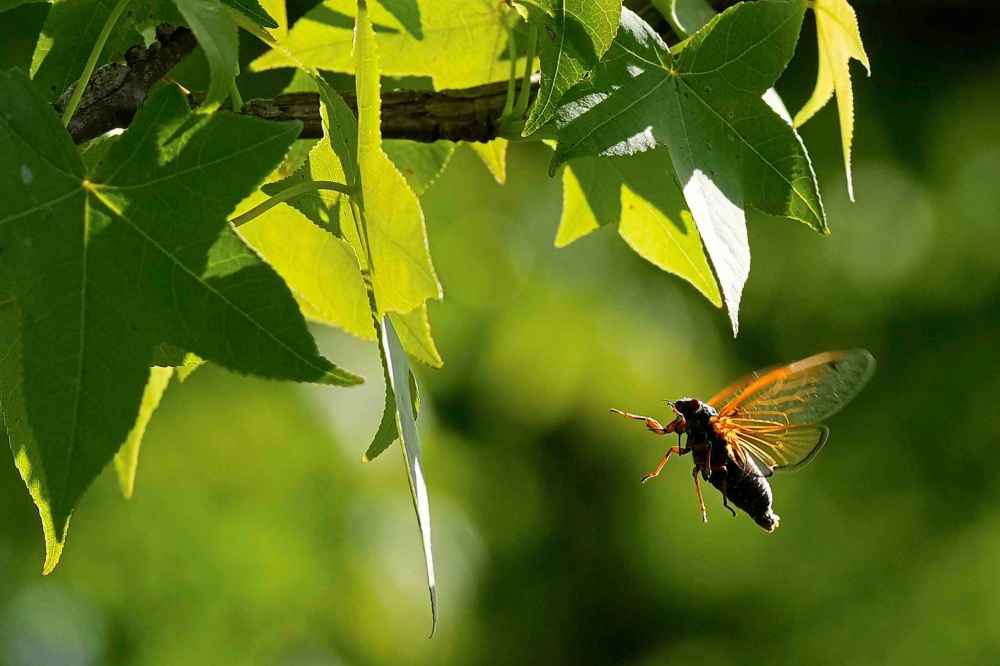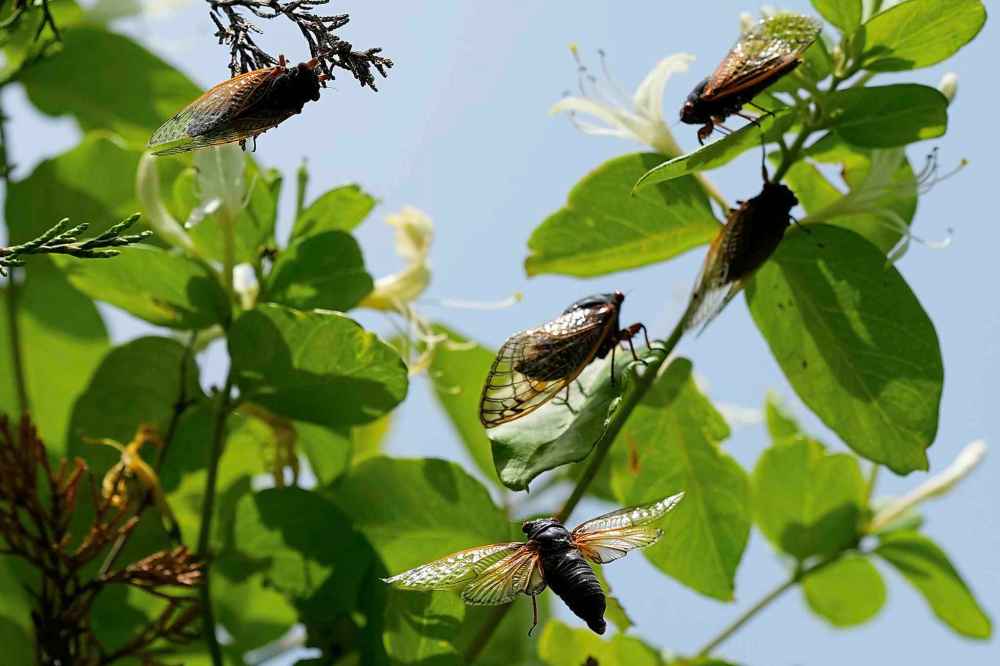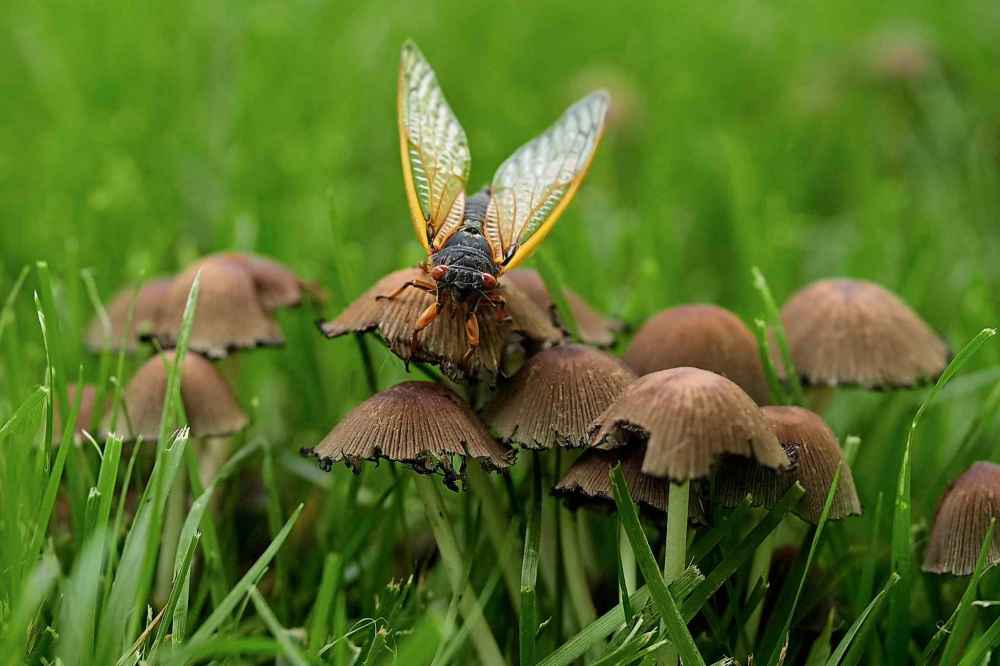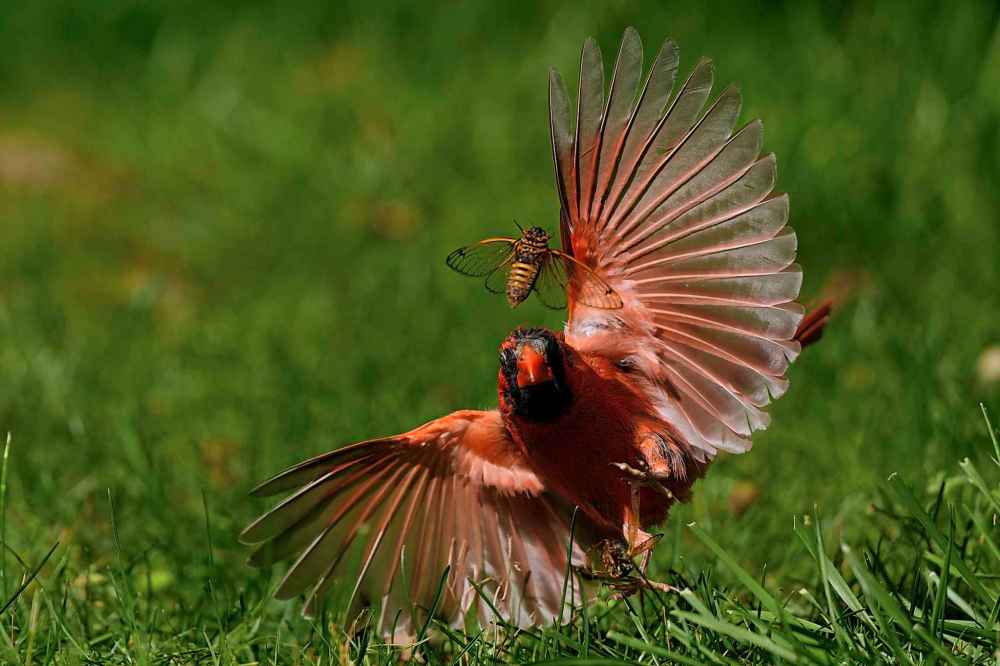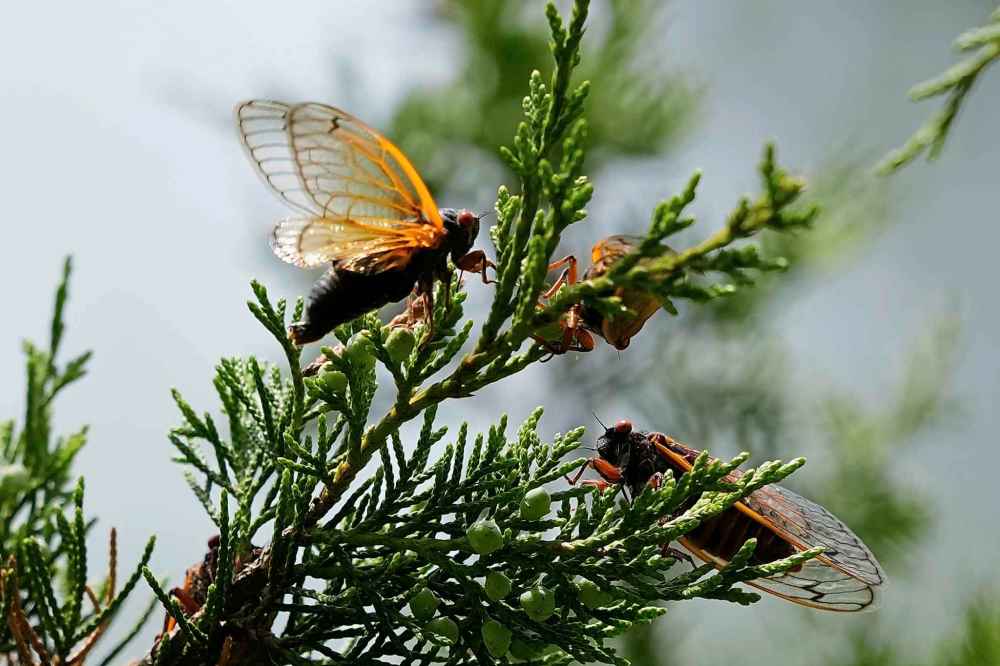Photo gallery: Cicadas swarm parts of the Eastern U.S. as the insects emerge in Brood XIV’s 17-year cycle
Read this article for free:
or
Already have an account? Log in here »
To continue reading, please subscribe:
Monthly Digital Subscription
$1 per week for 24 weeks*
- Enjoy unlimited reading on winnipegfreepress.com
- Read the E-Edition, our digital replica newspaper
- Access News Break, our award-winning app
- Play interactive puzzles
*Billed as $4.00 plus GST every four weeks. After 24 weeks, price increases to the regular rate of $19.00 plus GST every four weeks. Offer available to new and qualified returning subscribers only. Cancel any time.
Monthly Digital Subscription
$4.75/week*
- Enjoy unlimited reading on winnipegfreepress.com
- Read the E-Edition, our digital replica newspaper
- Access News Break, our award-winning app
- Play interactive puzzles
*Billed as $19 plus GST every four weeks. Cancel any time.
To continue reading, please subscribe:
Add Winnipeg Free Press access to your Brandon Sun subscription for only
$1 for the first 4 weeks*
*$1 will be added to your next bill. After your 4 weeks access is complete your rate will increase by $0.00 a X percent off the regular rate.
Read unlimited articles for free today:
or
Already have an account? Log in here »
CINCINNATI (AP) — Another cicada invasion is here. The large Brood XIV, which emerges every 17 years, is making for a spectacular natural event as billions of periodical cicadas emerge across parts of the Eastern U.S., including in Georgia, southern Ohio, Kentucky, Cape Cod in Massachusetts, and Long Island, New York.
When spring warms the soil to 64 degrees Fahrenheit (about 18 degrees Celsius), these cicada nymphs dig their way up to the surface after their long development period.

On the right night, usually after a warm spring rain, near trees showing cicada pilot holes and chimneys, they will emerge — so many that they can be heard crunching through the grass to climb up trees, plants, people or any vertical surface. There is a forceful quality about it.
Once they find footing, they begin the molting process. They shed their nymphal skin, emerging soft, vulnerable and pale yellow.
They have two large red eyes on the sides of the head, three small, jewel-like eyes called ocelli in the center, and gossamer wings. In a few hours, their bodies harden and darken, and they fly up to the treetops.
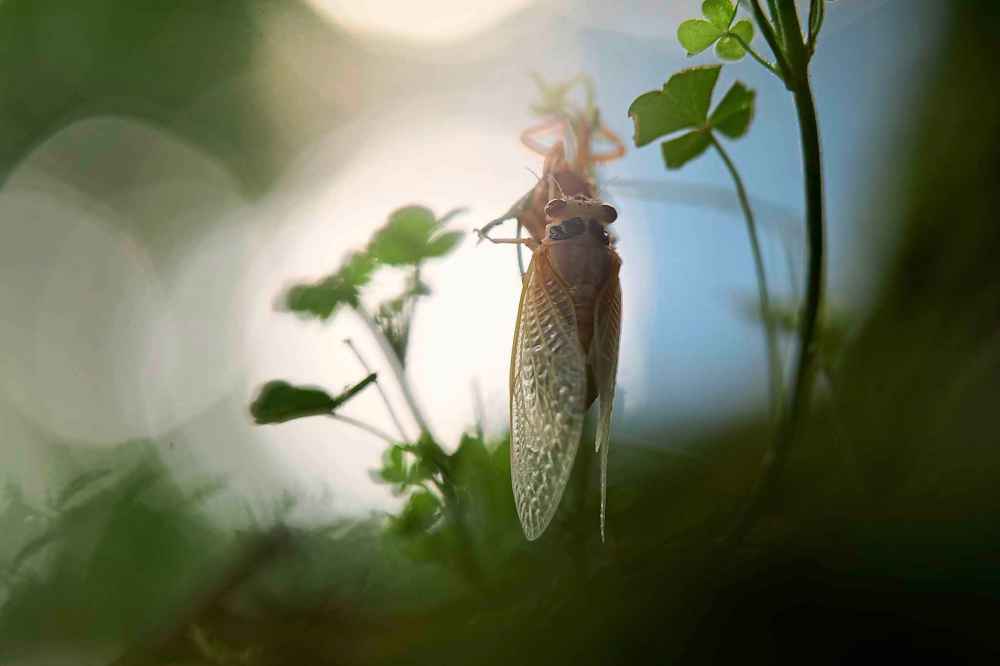
Then the screaming begins — the loud buzzing, screaming sound males make when they are looking for a mate. It leaves ears ringing.
Throughout this process, cicadas serve as a source of protein for both wildlife and humans. They survive by sheer numbers.
After mating, females lay eggs in tree branches and die shortly after. The hatched tiny nymphs fall and burrow into the ground, and the cycle begins again.
Cicadas are part of the magic of spring when the yellow and purple irises are blooming, and the green is new and vivid. The cicada show takes place in every light of the day and the dark of night. The pull is the power and beauty of nature and time.
